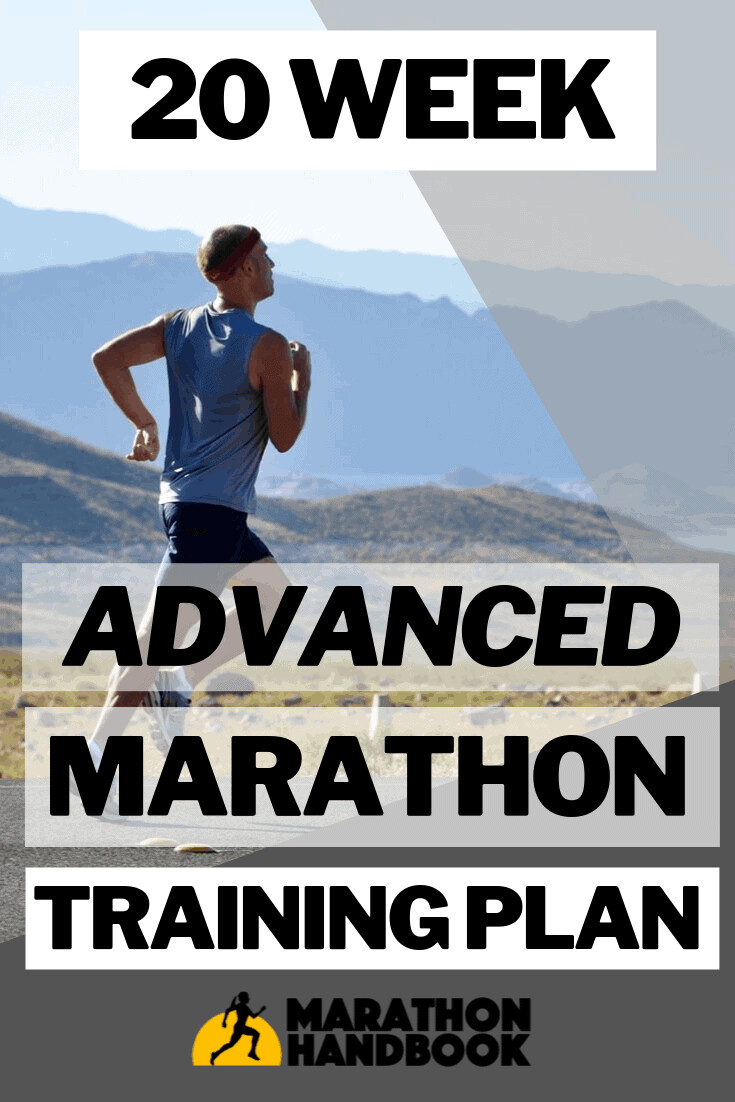Running News Daily
Running News Daily is edited by Bob Anderson. Send your news items to bob@mybestruns.com Advertising opportunities available. Train the Kenyan Way at KATA Kenya and Portugal owned and operated by Bob Anderson. Be sure to catch our movie A Long Run the movie KATA Running Camps and KATA Potato Farms - 31 now open in Kenya! https://kata.ke/
Index to Daily Posts · Sign Up For Updates · Run The World Feed
Why You Should (Sometimes) Ignore Your Training Plan
Runners make bigger improvements following a flexible workout schedule rather than sticking with a predetermined one
The techno-utopian vision of the future of endurance training is that on any given day, your workout will be perfectly calibrated for how you’re feeling, how your body responds to different stimuli, and what your current goals are. Wearable tech will track your workout and monitor your recovery around the clock, and the algorithm will know just how far to push you.

A new study in Medicine & Science in Sports & Exercise, from a research team led by Olli-Pekka Nuuttila of the University of Jyväskylä in Finland and funded in part by the sports tech company Polar, seemingly takes a big step toward this goal. Runners, they find, do indeed get faster when they feed heart rate and other data into an algorithm that tells them when to push their training harder and when to ease up. At least, they get faster compared to following an inflexible cookie-cutter training plan. The results are intriguing, but they also leave you wondering if there might be a middle way.
The idea of tech-guided personalized training plans has been gaining steam for at least a decade, most notably with the rise of heart-rate variability (HRV) as a marker of recovery. I wrote about research into HRV-guided training back in 2018, and you can dig into further details about the concept in that article. Briefly, HRV reflects how regular your heart beat is, which depends on the balance between the sympathetic (“fight or flight”) and parasympathetic (“rest and digest”) branches of your nervous system. All else being equal, a high HRV suggests you’re well recovered and likely to respond well to a hard training day.
One of my critiques of HRV-guided training—an obvious one—is that training (and life) are complicated, so using a single metric to guide your training is unlikely to capture all the relevant factors that should guide your training decisions. Nuuttila’s new study addresses that critique by using three inputs to make training decisions:
For half the group, training was adjusted twice a week, on Mondays and Thursdays. Runners who had no red flags increased their training load (either distance or intensity, depending on the training block) for the following three or four days; those who had one red flag kept it the same; and those who had two or three reduced their load. The other half received a preplanned training program.
The study involved 30 recreational runners who typically trained a little more than four times a week. They started with three weeks of maintaining their usual training, then six weeks in which they focused on increasing their training distance, followed by another six weeks in which they increased their intensity by incorporating one to three interval workouts (6 x 3:00 with 2:00 recovery) per week. They completed a variety of performance tests after each training block, including a 10K time trial.
There are lots of moving parts in a study like this, but if we scan down to the bottom line, we see this: the pre-planned group improved their 10K times by 2.9 percent, on average, which is about what you’d expect. The algorithm group improved their average times by 6.2 percent, which is very impressive. Here’s what the individual improvements look like for the predetermined (PD) and individualized (IND) groups, with negative numbers representing a greater percentage improvement:
Interestingly, the total training loads between the two groups were very similar, so it’s not simply that one group trained way harder than the other in aggregate. Instead, the differences were individual. When the algorithm adjusted training, it prescribed no change 55 percent of the time, more training 35 percent of the time, and less training 10 percent of the time.
Overall, I think these results are a neat proof-of-principle, and I think it’s great that they’re rigorously testing these algorithms to make sure that they really do work better than the alternatives. But I’d like to see them clear a tougher hurdle. Instead of “predetermined” training plans, how about “predetermined plus common sense” training plans, where you back off your training if you’re feeling tired and ramp it up if you feel good? Or if you want to formalize it, take the subjective measures of fatigue and soreness, perhaps along with some measure of perceived effort versus expected effort during the previous workout, and use that to adjust training load. There’s plenty of evidence, after all, that our subjective perceptions can be surprisingly sensitive in detecting recovery status.
It may well be that having some sort of external, objective data is still useful—both for beginners, who haven’t yet learned what hard training is supposed to feel like, and for experts, who may be tempted to lie to themselves in order to get the green light to hammer. But let’s be clear about what we’re testing. The nuances of your heart rate and its variability may be useful. But the deeper insight from Nuuttila’s study may simply be that even the best-laid training plans sometimes need to be tweaked.
by Outside
Login to leave a comment




